Introduction
Since journey to the Americas in the 17th century, the world has become addicted to hot caffeine-based drinks. From the east came tea and from the west came coffee and the two have been locked in a bitter war of domination since then. Brits still marginally prefer tea but coffee shops only seem to expand; and everyone knows that Americans live on coffee! Here’s a list of some of the most interesting facts about the (not so) humble coffee bean
1. Thank Coffee for Freeze Drying
This is the process by which a foodstuff is dehydrated either to make it last longer or to make it easier to transport (water often makes up the bulk of a product). It works by freezing the material and then reducing the pressure to turn the frozen liquid to a gassy state. This drastically reduces mass and weight. Coffee was the first substance ever to have been freeze dried; it was an experimental method that proved the effectiveness of freeze drying. Many instant coffees are freeze dried now, the method preferred over granules
2. Kopi Luwak
The most expensive type of coffee is not the Arabica nor is it the Java, those are mere pennies in comparison to the Kopi Luwak which comes in at around $600(US) per lb. What is unique about this type of coffee is that the bean is fed to a Sumatran wild cat (Civet) which then excretes the seeds. These seeds are then collected to create what enthusiasts say is a superior beverage both because the cat chose the best quality beans and through the digestion of the animal
3. The Purpose of Caffeine
The great thing about nature and evolution is how one substance can be two different things to different creatures ‘ caffeine in the coffee bean acts as a deterrent to slugs and many insects but it appears to attract bees, much as how bright colours and pleasant smells attract them to flowers. The caffeine stimulates the bee, gives it a pleasant feeling and acts on its memory receptors to remind it to return to that type of plant again in future
4. Toxic
Like any drug that has a neurological effect on our brains, caffeine is a toxin and drinking too much can kill you. You needn’t worry though, because you would have to consume somewhere in the region of 100 cups in a day to consume a lethal dose. The water contained in such a dose would kill you before you reached that dose though, through dangerously diluting essential nutrients in your blood stream, particularly your salt level. There are other health effects to drinking too much though, including negative effects on blood pressure and heart palpitations
5. Cappuccino
A cappuccino is a coffee made with steamed milk, topped with foamed milk and sprinkles of chocolate. A number of suggestions have been made about the origin of the word ‘ particularly whether it was named after the colour of the capuchin monkey or taken from the Italian word ‘puccino’ which means ‘light brown’. Neither of these is true, it actually comes from the resemblance of the colour of Capuchin Friars of Italy (an offshoot of the Franciscans who also wore brown cowls).
6. America’s Coffee Capital?
Americans love their coffee, drinking per person more than any other nation on Earth. Yet there is one city that stands head and shoulders above everyone else in the country ‘ New York drinks on average seven times more than any other American city. Tourists get as much of the free refills as they can get and locals seem to live off of it! Now there’s another reason for why New York City is called ‘The City That Never Sleeps’!
7. First Coffee Shop?
The middle east and countries of the Mediterranean have their own coffee drinking traditions ‘ Greece and Turkey have their own forms of tea and most of North Africa drink what they call ‘Turkish Coffee’ ‘ they are similar though, the name difference is simply political. The world’s first recognized coffee shop was not in the imperial powers of Europe, but in Damascus ‘ Syria ‘ in what was then the Ottoman Empire. It opened in 962 and it would be some 600 years before they would be seen in Europe or its colonies.
8. Trade Commodity
What are the world’s biggest trade commodities? Oil’¦ correct! Gas’¦ correct! Gold’¦ correct! Coffee’¦? Believe it or not, yes. It is actually the globe’s second most highly traded commodity thanks to the delicate fluctuations of price over the last few years. The Third World often has no bargaining chips in the world economy and therefore stays competitive through their grown produce and there is no greater produce agriculturally than coffee. Because we consume so much of it and can’t grow it, and they can grow it but drink far less of it, it has become a much coveted product
9. Coffee Beans are Not Beans
We like to classify and sub-classify products: fruit, vegetable, legumes and sometimes we get mixed up over what is what. A tomato is fruit (actually a berry) and not a vegetable’¦ and a coffee bean is not a bean, it too derives from a fruit; it is actually the stone of a berry. Where beans are always seeds, seeds are not always beans. Beans apply specifically to legumes and the coffee plant and its seeds do not qualify under this classification
10. I’ll Take it Raw, Please
Before coffee became the drink that we all know and love, people used to eat the beans instead of using them to brew a beverage. The legend goes that a goat herder in Ethiopia saw that his goats were energized after eating them and decided to try them for himself. Later, the beans would be used to make energy balls with fat for energy boosts. They are still sold as such today but often covered in flavoured yoghurt or chocolate.
Conclusion
Coffee remains as popular now as when it was first discovered by the west several centuries ago. It comes in fits and starts, losing out to tea and then regaining momentum. The current wave of gourmet coffee bars has ensured its continued popularity for now and with innovations, traditions and new flavorings coming onto the market, it doesn’t appear to be losing ground again just yet.
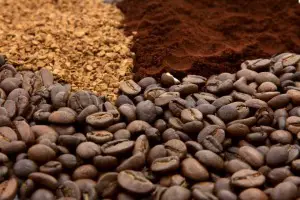
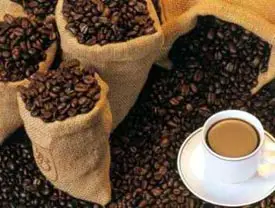
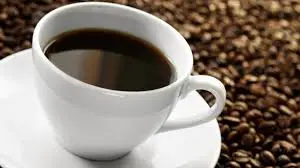
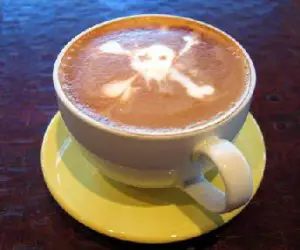
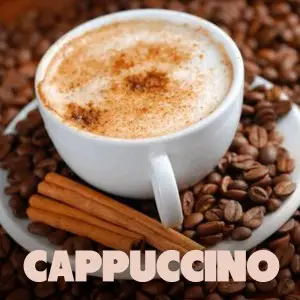


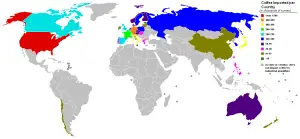
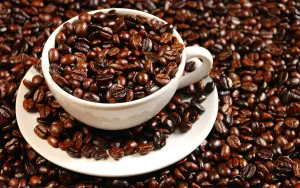
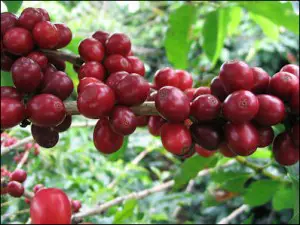










Leave a Reply